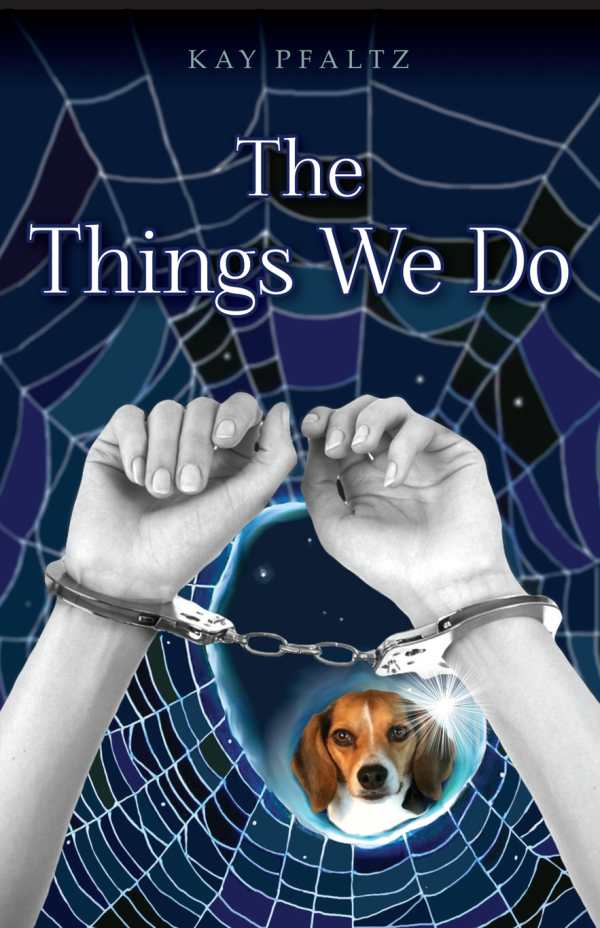The Things We Do
The Things We Do is much more than a murder mystery; it’s an examination of what constitutes freedom and confinement.
Kay Pfaltz’s unconventional murder mystery The Things We Do insightfully explores the motives behind murder and other violent acts.
Early on, the book identifies the person responsible for the two murders that drive its action, though the criminal’s name is unknown, and she no longer speaks. This sets the scene for an unusual book from the start.
Action is divided into three parts, with the first introducing the convicted killer, a Jane Doe who murdered a police officer and a known drug dealer, shooting both in the heart and face. Jane confessed to her crimes in court before falling silent. It’s prison psychologist Eleanor Hartley’s job to discover the motives for her murders as well as her volitional muteness. The novel’s second section introduces a separate set of characters, including animal activist Sylvie Marshall and Weedy, the beagle she rescues from death in a testing lab. The third act ties the first two together.
While this structure makes the action, large cast of characters, and multiple themes easier to follow, the result is a book that comes in long. The Things We Do is also slowed by a somewhat superfluous story line involving Eleanor’s best friend and husband; this could have been streamlined to speed the plot’s pace.
Despite its length, the novel does not answer some open questions that are central to its primary themes. Unresolved matters include what happens to some of the characters Sylvie meets at the animal testing lab, and whether all the lab’s practices are legal.
Other elements of the story receive the detailed treatment they deserve. For instance, Pfaltz paints a vivid picture of penitentiary life. She portrays the inmates and employees not as societal stereotypes, but as real people with many of the same dreams and desires as everyone else. By delving into the day-to-day doings and thoughts of some of the inmates, the novel does an excellent job of illustrating how people’s mindsets and mental illnesses can be more imprisoning than steel bars.
In her author’s note, Pfaltz explains some of the research and reasoning that went into the book. This unconventional afterword offers some valuable insights into her writing process and her passion for animal welfare, making it worth reading—something that can also be said for the book as a whole.
Indeed, The Things We Do is much more than a murder mystery. It’s an examination of what constitutes confinement, ending on a hopeful note that anyone can find freedom through love for others—and for themselves.
Reviewed by
Charlene Oldham
Disclosure: This article is not an endorsement, but a review. The publisher of this book provided free copies of the book and paid a small fee to have their book reviewed by a professional reviewer. Foreword Reviews and Clarion Reviews make no guarantee that the publisher will receive a positive review. Foreword Magazine, Inc. is disclosing this in accordance with the Federal Trade Commission’s 16 CFR, Part 255.

